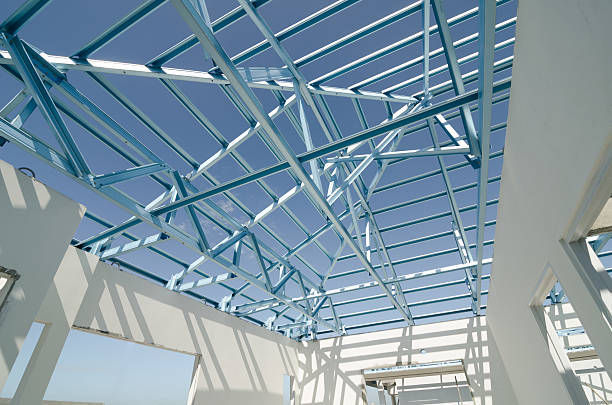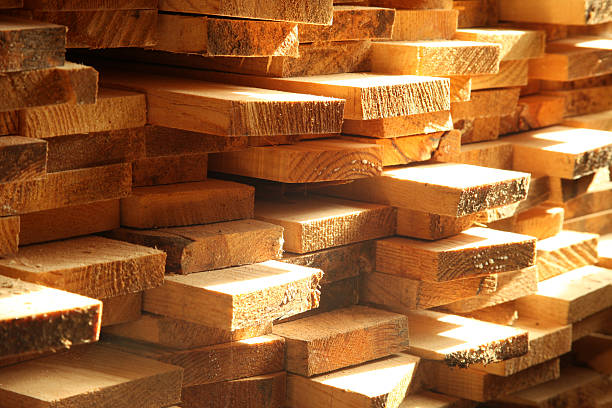As environmental concerns become more pressing, the construction industry is evolving to embrace eco-friendly and sustainable practices. Choosing the right materials for building a home is a crucial step in reducing your carbon footprint and contributing to a healthier planet. Here’s how you can make your home construction more sustainable by using green materials.
1. Bamboo: A Rapidly Renewable Resource

Bamboo is one of the most sustainable materials available. It grows incredibly fast, sometimes up to a meter per day, making it a rapidly renewable resource. Bamboo is strong, lightweight, and versatile, making it an excellent choice for flooring, wall panels, and even structural elements. Additionally, bamboo’s natural aesthetic appeal adds warmth and character to any home.
2. Recycled Steel: Durability with Less Waste

Steel is a common construction material, but producing it from raw materials is energy-intensive. Recycled steel, however, requires significantly less energy to produce and reduces the need for mining. It’s an incredibly durable material, ideal for framing, roofing, and structural supports. Using recycled steel helps divert waste from landfills and conserves natural resources.
3. Reclaimed Wood: Beauty with History

Reclaimed wood is sourced from old buildings, barns, and other structures. Using reclaimed wood reduces the demand for new lumber and minimizes deforestation. This wood often has a unique character and history, adding a rustic charm to your home. It’s perfect for flooring, beams, and decorative elements, giving your home a warm and inviting atmosphere while being eco-friendly.
4. Insulated Concrete Forms (ICFs): Energy Efficiency

Insulated Concrete Forms (ICFs) are a green building material that combines concrete with insulation. This system creates walls that are incredibly energy-efficient, reducing the need for heating and cooling. ICFs are also durable, fire-resistant, and can be made from recycled materials, making them a smart choice for sustainable construction.
5. Hempcrete: A Carbon-Negative Solution

Hempcrete is a bio-composite material made from the inner fibers of the hemp plant mixed with lime. It’s a lightweight, breathable material that provides excellent insulation. Hempcrete is carbon-negative, meaning it absorbs more CO2 than it emits during production. This makes it an outstanding choice for building environmentally friendly homes.
6. Recycled Glass: Stylish and Sustainable

Recycled glass can be used in various ways in home construction, from countertops and tiles to insulation and concrete. It’s an eco-friendly option that reduces waste and offers a unique, stylish aesthetic. Recycled glass tiles, for example, can create beautiful, colorful surfaces while contributing to a greener planet.
7. Straw Bales: Natural Insulation

Straw bales are an ancient building material that is making a comeback due to their sustainability. Straw is a byproduct of grain farming and is often wasted. When used in construction, straw bales provide excellent insulation, keeping homes warm in the winter and cool in the summer. Straw bale construction is also relatively low-cost and has a minimal environmental impact.
8. Cork: Renewable and Resilient

Cork is harvested from the bark of cork oak trees without harming the tree, making it a renewable resource. It’s a durable and resilient material that can be used for flooring, insulation, and even wall coverings. Cork is naturally resistant to moisture, mold, and pests, making it a practical and eco-friendly choice for sustainable homes.
9. Low VOC Paints: Healthier Indoor Air Quality

Traditional paints often contain volatile organic compounds (VOCs) that can release harmful chemicals into the air. Low VOC paints are a healthier alternative, emitting fewer toxins and improving indoor air quality. Using low VOC paints in your home reduces the environmental impact of your construction project and creates a safer living environment for your family.
10. Solar Panels: Harnessing Renewable Energy

While not a material per se, integrating solar panels into your home’s design is a powerful way to make your construction project more sustainable. Solar panels convert sunlight into electricity, reducing your reliance on fossil fuels and lowering your energy bills. When combined with other eco-friendly materials, solar panels can significantly reduce the environmental footprint of your home.
